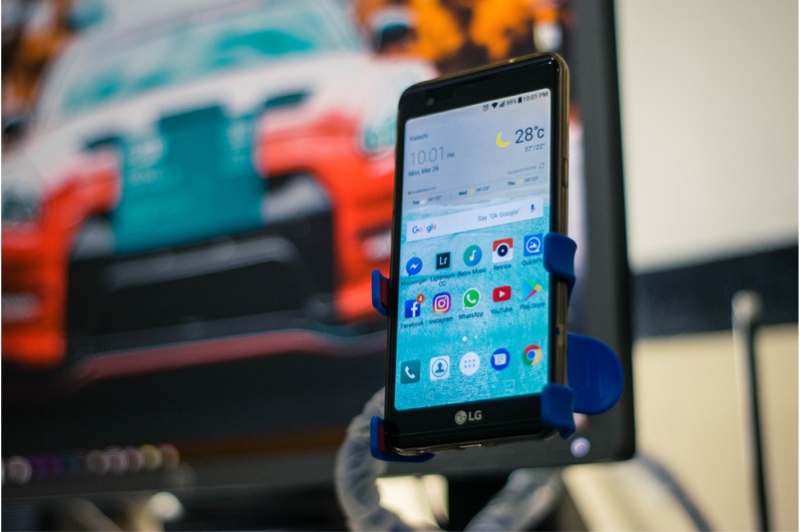The adoption of systems like Android Auto and CarPlay is currently on the rise, and if you look at their features and the way they work, it’s pretty clear why this is happening.
Android Auto and CarPlay use phones to power the whole car-optimized experience and given everybody has a mobile device in their pocket, it’s easy to see why so many people find it super-conveniently to mirror the interface on the larger screen in the cabin.
Android Auto itself can be powered by any device running Android 6.0 and newer, and the only things it requires are a head unit coming with such capabilities and a high-speed cable. And if wireless Android Auto is supported, the cable is not even required anymore, unless the driver wants to also charge the phone while in the car.
Google says the adoption of Android Auto is increasing steadily, and the wireless mode itself is already installed on some 100 million cars out there.
And while Android Auto seems to be quite a hit, Google is also betting big on a much more advanced car experience powered by Android Automotive.
What’s Android Automotive?
First and foremost, let’s see what’s Android Automotive and why Google cares about it so much.
As compared to Android Auto, Android Automotive is a full operating system that can power the entire experience when driving. It’s installed on the head unit available in the cabin, so it’s in charge of everything from the moment you turn on the engine to the one when you leave the car.
So for the infotainment system in your car, Android Automotive is pretty much what Windows is for a PC. Needless to say, by offering Android at OS level, Google can provide drivers with more advanced capabilities, some of which wouldn’t be possible without such a deep integration into the system.
Android Automotive can’t be installed by drivers out there, as the only way to get it is to buy a new car that comes with the operating system pre-loaded. Google itself is partnering with carmakers out there, therefore pre-installing Android Automotive on the head unit right from the factory.
The difference between Android Auto and Android Automotive
Android Auto offers easy access to apps like Google Maps, Waze, Spotify, and phone calls, but so does Android Automotive.
In fact, the biggest benefit of Android Automotive running natively on a head unit is that it offers deeper integration with Google services. So while Android Auto can only control applications running on the phone, such as navigation or playing music, Android Automotive also has access to car functions, like the air conditioning system.
Google Assistant is in charge of powering the hands-free experience, but once again, on Android Auto, it only has access to the apps installed on the mobile device.
The easiest way to see the huge difference that the Android Automotive integration makes is to look at the feature capabilities of Google Maps.
We already know how Google Maps works on Android Auto, as the features available on the head unit are pretty much the same ones as on a mobile phone. But on Android Auto, the whole thing is pushed to a new level, as Google Maps can monitor your battery level and calculate the route to a defined destination according to your range.
Google Maps can direct you to charging stations whenever you’re running low on battery, all because Google services have access to more car information and other functions.
So overall, given it’s the operating system that powers the infotainment unit, Android Automotive can offer much more advanced capabilities, whereas Android Auto is limited to just mirroring the mobile screen on the larger display inside the cabin.
Needless to say, Android Auto is the more cost-effective solution for most people out there, especially given Android Automotive requires a new car, but in the future, the Mountain View-based search giant is hoping to expand on both fronts in order to conquer a much bigger part of the automotive sector.
Source: https://www.autoevolution.com/news/android-auto-vs-android-automotive-everything-you-need-to-know-169136.html
